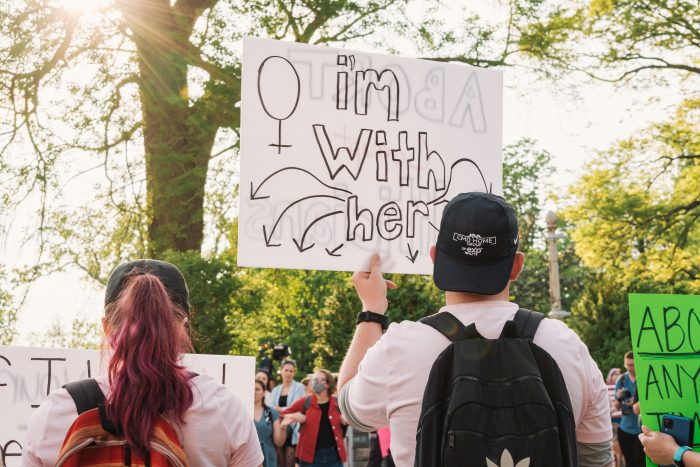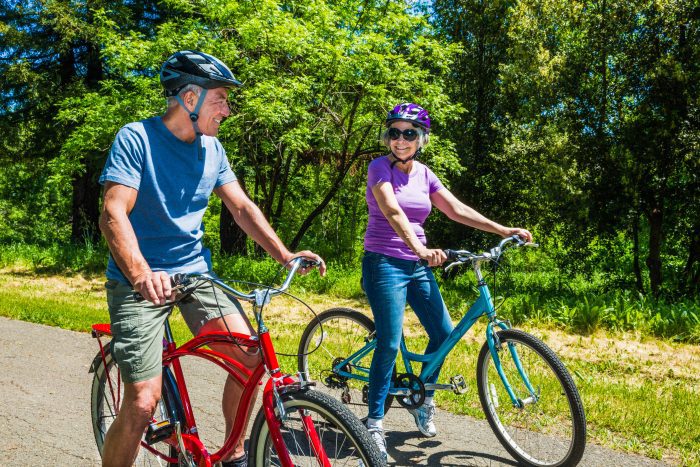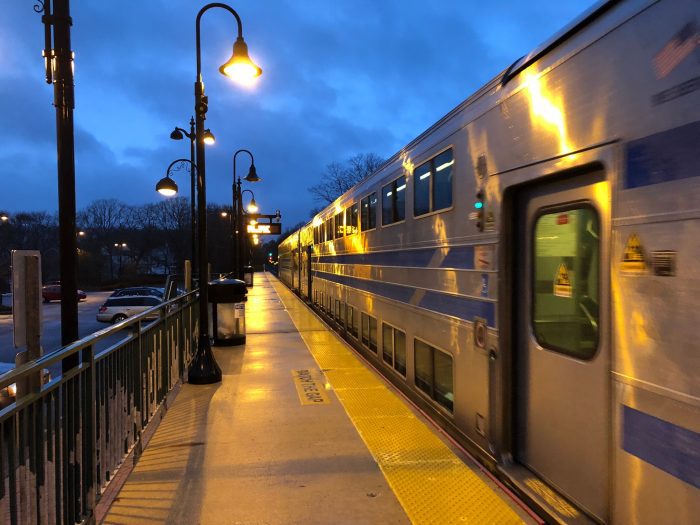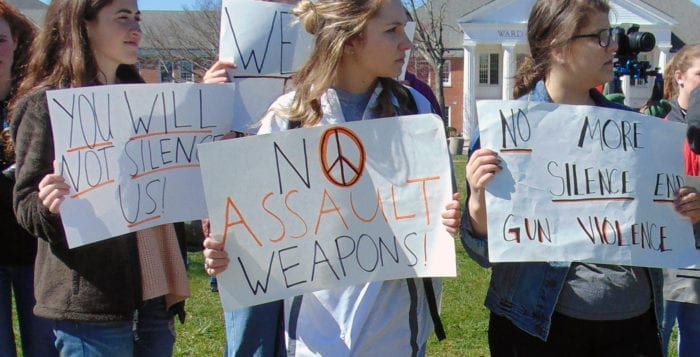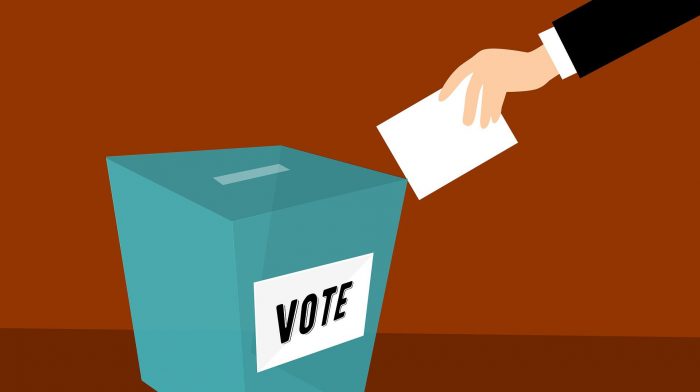While heat waves are an expected part of summer, navigating them isn’t always so simple. This weather can often lead to people suffering from heat exhaustion or heat stroke.
Our area has experienced relentless heat recently. Only halfway through summer, odds are that more scorching weather is ahead of us.
Most North Shore residents in Suffolk County are fortunate to have some form of air conditioning. For those who don’t, local municipalities can offer relief.
Each summer, the towns of Huntington, Smithtown and Brookhaven have helped residents escape intense heat. Huntington officials set up cooling stations during the hottest days of the year. The town announced July 19 that it would make cooling stations available at locations such as Clark Gillies Arena (formerly Dix Hills Ice Rink) and John J. Flanagan Center/Senior Center last week
Huntington, along with Smithtown and Brookhaven, expands hours at public beaches and pools during such weather events, too. When cooling stations or extended hours are needed, municipalities will post this information on their websites and social media pages.
These means of communication also come in handy during other weather events, such as flooding. While rainstorms can temporarily offset high temperatures, they can also quickly flood areas, presenting a public safety hazard. And we are also in the midst of hurricane season, so residents please keep an eye on those weather reports.
Regarding the heat, some helpful tips may come in handy.
When being exposed to hazardous heat, stay well hydrated, eat light, wear lightweight, loose-fitting clothing, minimize direct sun exposure and reduce time spent outdoors. These precautions should be heeded by all, especially by those who are older, pregnant or suffering from chronic health conditions. Caregivers should also monitor infants and children more closely than usual.
Of course, a visit to an air-conditioned mall to escape the heat can never be underestimated. A couple of hours of strolling and shopping inside can kill some time as the heat rages outside.
Remember, when going into the mall or a store, do not leave your pet in the car. Temperatures inside a parked car can be much higher than outside — up to 30 degrees or more. Never leave a pet unattended in a parked car, even if the window is cracked open.
Also, the same precautions taken by humans apply to pets, so make sure they are getting plenty of water and are not outside during the hottest parts of the day.
While we are fortunate to live in an area with plenty of choices to cool off, many residents are unaware of their options. Check on sick or older neighbors during heat waves just as you would during snowstorms to ensure they have everything they need.
And don’t sweat it; in a couple months, people will soon be enjoying the leaves changing color and a few weeks later will be building snowmen.




